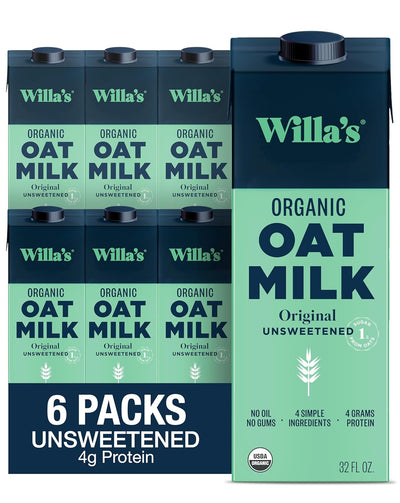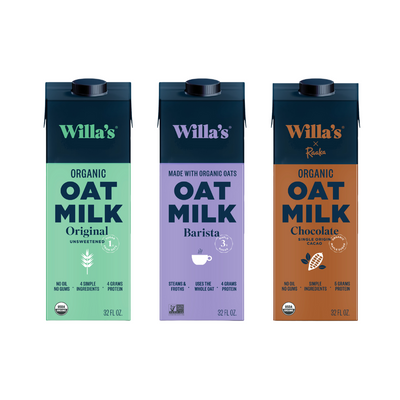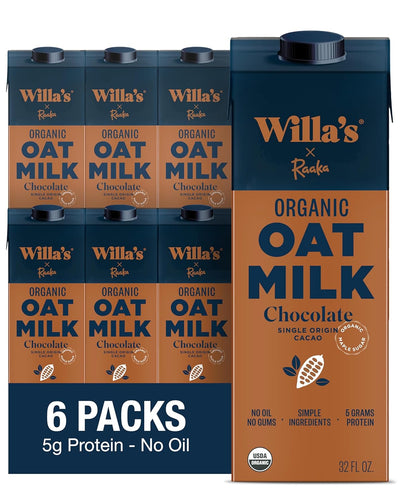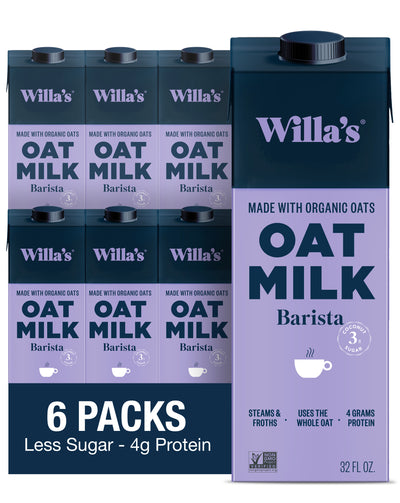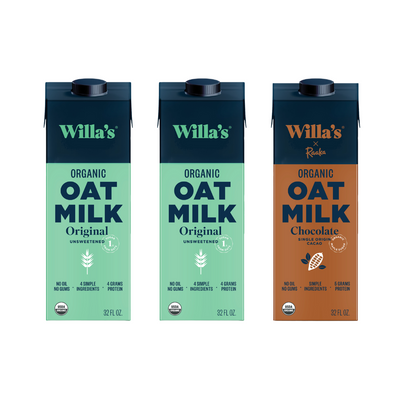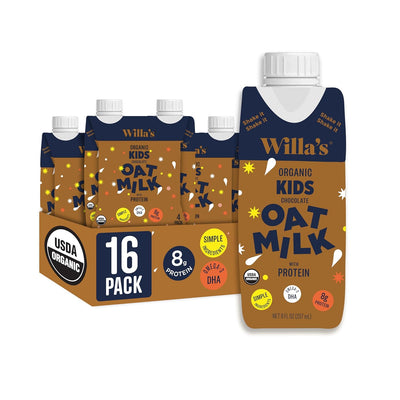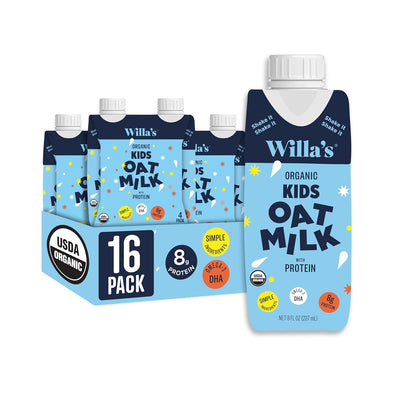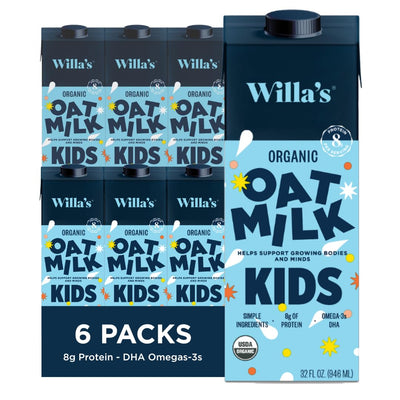Which Pour-Over Coffee Maker Is Right For Me?
If you’re looking to improve your home coffee setup, chances are you’ve considered upgrading from an automatic drip machine to a pour-over device. But with so many options to choose from, it can be a bit overwhelming! We’re here to help you find the best filter brewing method for your needs.
Before we dive in - if you’re in the market for a gooseneck kettle for proper pour-over coffee, you won’t find any finer than the Stagg EKG from our friends at FELLOW. Most baristas will agree that the single biggest improvement point one can make to their home coffee setup is in their water. The temperature stability and control of flow in the Stagg is unmatched, and the quality of design and ergonomics across their entire lineup is undeniable.

Dr. Peter Schlumbohm’s scientific approach to brewing was far ahead of its time. This is evidenced by the fact that his Chemex coffee device, informed by his extensive background in chemistry and physics, is largely unchanged from its original 1941 design drafted in Massachusetts.
The Chemex is unique among this field as a beautiful piece of glass that looks great on your countertop. Another standout feature of this design is that the bottom chamber of its iconic hourglass shape is itself a carafe for decanting the finished product, saving you from needing to buy an additional vessel to brew into.
It comes in numerous sizes that allow you to brew coffee for anywhere from one to four people at once, and the handblown models are far sturdier than the delicate entry level.
With its proprietary bonded paper filters, the Chemex removes a remarkable amount of sediment. This leaves you with the clearest cup of coffee among the group, which brings out the best of lighter roasted coffees. Unfortunately, these amazing filters can be harder to find in store than the ones used by some alternatives.
PROS: Aesthetically Pleasing, Built-In Carafe, Amazing For Modern Roast Profiles, Many Size Options
CONS: Higher Price Point And Less Durable Than Average, Proprietary Filters

Sharing a lab equipment background with the Chemex corporation, the legendary Japanese glass company Hario first ventured into the coffee realm with its spaceage coffee syphons. In the mid aughts, they were instrumental in the rise of the burgeoning Third Wave of coffee with the introduction of their V60 dripper.
The V60, offered in a wide array of functional materials and lovely colors, quickly became the standard bearer for pour-over devices. Named for the sixty degree angle of its walls (themselves lined with ridges to improve the bloom and the flow rate of water toward its one large hole), it can be difficult to master. However, a seemingly infinite amount of online guides can help home baristas land on recipes and techniques that will have them feeling like coffee champs.
Thanks again to its ubiquity, the filters are affordable and prevalent at even many grocery stores. It can be paired with the wide variety of Hario peripherals like one of their beautiful carafes.
This is a fairly versatile device, able to brew a beautiful 12 oz cup of virtually any coffee you try on it. If you decide to try the V60 out at home and have some trouble nailing the perfect cup, don’t be afraid to reach out to the roaster who supplied your beans to ask for their preferred way to prepare that variety on this format.
PROS: Rich Resources To Ease Learning Curve, Very Common Filter Shape, Versatile Across Roast Spectrum, Many Material Options
CONS: Very Finicky For Beginners

Thought of by many as a kid brother to the giant Hario, Kalita is a storied company in their own right. Manufacturing coffee equipment in Japan since the tail end of the 1950’s, Kalita’s goal is to make elegant coffee gear affordable and approachable for the average consumer. First launched in 2010 as a direct competitor to the V60, the Wave has been the brewer of choice for multiple champion baristas in international competitions.
The Wave differentiates itself in a couple subtle ways that become far more apparent after your first use. First, note the flat bottom with three small and equidistant holes at the bottom of the brew chamber. This helps to ensure a more even distribution of water throughout the grounds and limits turbulence during the dwell time. Next, observe the ridged filter from where the model name is derived. This is intended to keep the coffee away from the walls of the device, dramatically improving temperature stability. These two seemingly small differences help to rein in large variables that make the V60 feel difficult to control by comparison.
Many have noted that aspects of the flat bed, small holes, and filter type can combine to make for a semi-frequent clogging issue. If you notice your brew time dragging severely, you’re likely experiencing this problem. Paired with the difficult to find filters and less common guides online, the Wave isn’t without its shortcomings. But for those who’re willing to brave these pitfalls, it’s hard to find a better finished cup when things (far more frequently) go to plan with this model. It’s also worth noting that the Wave is Wirecutter’s pick for best pour-over apparatus!
This entry in the category is available in two sizes, one yielding about 8oz and the other roughly 12oz, in the classic metal and wood finish or an easy to clean plastic. They pair very well with Kalita’s own peripherals, including their singular Made In Japan lineup.
PROS: Ease Of Control, Amazing For Light To Medium Roasts, Two Sizes Available
CONS: Prone To Failed Batches, Hard To Find Filters, Fewer Recipe Resources Online
 Alan Adler captured lightning in a bottle for the second time when he released the AeroPress in 2005. The retired Stanford University professor had already created the Aerobie flying disc years prior and thought he was done inventing, but his newfound obsession with coffee led him to develop a wholly new coffee preparation method with a fanatical fanbase.
Alan Adler captured lightning in a bottle for the second time when he released the AeroPress in 2005. The retired Stanford University professor had already created the Aerobie flying disc years prior and thought he was done inventing, but his newfound obsession with coffee led him to develop a wholly new coffee preparation method with a fanatical fanbase.
The AeroPress, which many say isn’t truly a pour-over, has been the focal point of a dedicated world championship competition yearly since 2008 in which competitors must share and publish their recipes and methods for free online. With access to a library of award-winning recipes at your fingertips, you can easily turn out a quality cup at your leisure.
This longterm hype around the AeroPress is sustained thanks to its seemingly endless potential for creativity and versatility in the baristas’ approach. An early champion blew everyone’s minds by flipping the unit upside down, effectively making a pour-over device into a modified french press! This wild potential is paired with the unit’s portability, affordability, and ease of general use.
Did we mention it’s virtually self-cleaning? Simply removing the cap and pushing the plunger down forces the filter and grounds out cleanly, needing only a quick rinse after. Those filters aren’t easy to find in store, but they can be replaced with a reusable metal filter to go greener. On top of all this, this ultra adaptable brewer is the only one of the bunch that doesn’t require a gooseneck water kettle to pour effectively, as a stir is encouraged instead of tabooed.
With a brewer that can simulate espresso as well as a Moka Pot then turn right around and make a crisp and clean cup of filter, there’s bound to be a pitfall. Many elite baristas believe the AeroPress can’t bring the full flavor potential out of the world’s best coffees, and others have struggled with a rare broken cup from muscling the plunger down too hard. That said, an adventurous home barista simply won’t find a device with this much range.
PROS: Unparalleled Versatility, Easy Cleanup, Packable For Travel, Requires Fewer Peripherals
CONS: Jack Of All Trades Means Master Of None, Requires Steady Hands And Strong Cups
For more information about pour-over brewing, see this article: All About the Pour-Over Brewing Method
Check out our other blog posts for information and tips on the best at-home coffee! How To Steam Oat Milk, What Is "Barista" Oat Milk?, Coffee And Plant Milk Pairings
Learn more about our organic oat milk on our blog!
Visit our recipe page for delicious meals and treats using Willa's!
Shop Willa's Oat Milk here.

